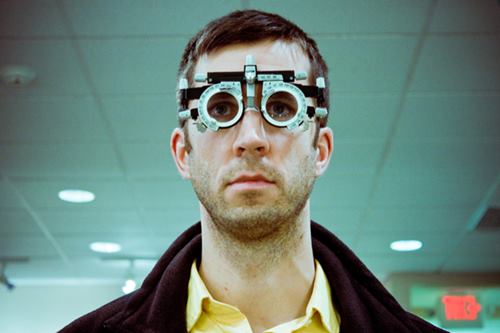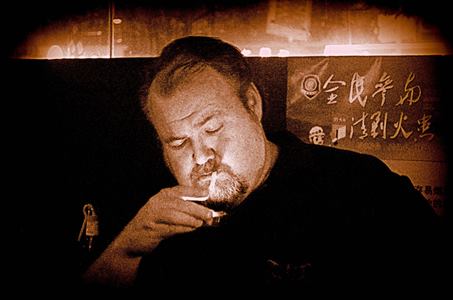Cigarette smoking habits are now changing
Cigarette smoking habits are now changing all over the world. But there is nothing new about this. During the history of smoking cigarettes have gone in and out of fashion. When first introduced to England, tobacco was seen as a sign of international travel. Then it was banned totally. Then it was accepted by everyone, and created huge fortunes for tobacco merchants. Then there was a reaction against cigarettes. Cigarette smoking was blamed for mental illness. Then it flipped again. Tobacco was seen as being good, and smoking was recommended by doctors. And now smoking is evil.
In the 1700's the normal way of smoking tobacco was with a pipe. Everyone, from the highest to the lowest; men, women and children, smoked clay pipes. However, fashions change. In the UK the more sophisticated classes took to using snuff. Some chewed it. Then, by the 1800s, the upper classes switched to cigars. Only the poorest people used cigarettes. In the USA it was different again. By the middle of the 1800's, the most common way of using tobacco in the US was chewing it.
Cigarette smoking habits in the Victorian Era
In Britain, the Crimean War changed smoking habits forever. The Crimean War was immensely popular in Britain, in part at least because of the mythology of the Charge of the Light Brigade. When the troops got home people started to copy what the returned soldiers did. During the war, British troops found themselves fighting in bitter cold and so were allowed to grow beards to avoid frostbite. This started a fashion for beards in all levels of English society.
The result was that most images of people in late Victorian times show them being covered in beards and sideburns. The British troops got to know Turkish troops, their allies. And the British troops started to copy the Turkish habit of rolling tobacco in paper and smoking it. They brought this habit back with them. Ordinary people wanted to copy their heroes, so cigarettes became fashionable.
At that time manufactured cigarettes were available, but they were handmade, and relatively expensive. The first effective cigarette making machine was patented in 1880. In the next few years, cigarettes dropped in price dramatically. Machine-made cigarettes were much more practical. However, they still had the stigma of being associated with the lower classes. The upper classes in the UK still smoked their cigars. King Edward IV even had cigars named after him.
Cigarettes as social protest
The switch to widespread cigarette smoking was started by artists. At the turn of the 19th/20th century many doctors believed that cigarette smoking caused mental disorders. Therefore anyone who smoke cigarettes was defying social convention. And this suited members of a developing art movement. They wanted to show that they rejected everything that was normal and accepted. Artists were mostly from the upper class at this time. Ordinary people couldn't afford to be artists, they had to work.
So these upper-class artists started smoking cigarettes publicly, in the bars where they met. They started painting cigarettes into their portraits. This was shocking to the rest of the class they lived in. Which delighted the artists. They saw themselves as revolutionaries. They saw themselves as defying all conventions. Added to that, they were openly defying advice about risking sending themselves mad. And could use cigarette smoking as an excuse for any kind of wild behaviour.
Gradually, the association of cigarette smoking with glamorous artists, bohemian living, free love, open sexuality and all the rest of it, gave cigarette smoking a sense of glamour. Movie stars started smoking. This had an immense effect on public ideas about smoking, particularly seeing women smoking on screen.
Cigarette smoking habits dying out
Manufacturers and advertisers jumped onto the boom and promoted cigarettes everywhere. There was so successful at this that public perception changed totally. Cigarettes were now seen as a good thing. The Army actually gave cigarettes free to their soldiers. In the 1950s, doctors would recommend you take up smoking as a way of dealing with stress. Smoking reached epidemic proportions. In some places 80% of people smoked. You could smoke anywhere.
And then major health problems began to be seen in the population. There is nothing new about this. As far back as the 1890s, cigarettes had been called "coffin nails". It was obvious that smoking was unhealthy. But it took another 60 years for public awareness to turn into alarm.
Today, smoking is universally condemned. Governments are moving to stamp out smoking in their populations. So this may well be the very last stage of the history of tobacco consumption.
And we hypnotherapists can play our part too.









